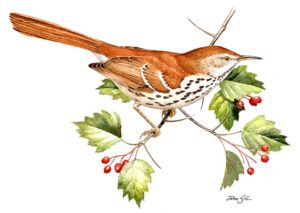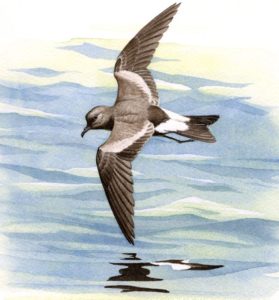No idyllic scene of grassland habitat is complete without a meadowlark singing from atop a fencepost. Unfortunately, this sight is becoming increasingly rare in the Commonwealth, and the Breeding Bird Atlas 2 showed us that Eastern Meadowlarks have declined by 78% in the last 35 years.
While conversion of open land to developed land is one of the most visible contributors to the loss of grassland habitat, a less obvious factor is the loss of big fields for breeding. Bigger fields (20+ acres) can hold more breeding pairs, and some species, like Eastern Meadowlark like really big fields.
At our Canoe Meadows Wildlife Sanctuary we recognized an opportunity to create a big 70-acre field by removing a line of white pine trees that was separating two smaller fields. The trees have officially come down, and the field is looking fantastic! Check out the below before and after photos of the field.
Private and federal dollars have gotten us this far in the restoration, but we still have to pay for fence removal and restoration work in the spring. Please help us reach our goal of $10,000. We’re 70% of the way there thanks to the Leverett Foundation, the USDA, and many generous individuals! Learn more and donate here.
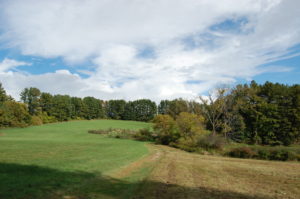
Before
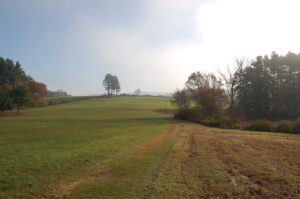
After

Before
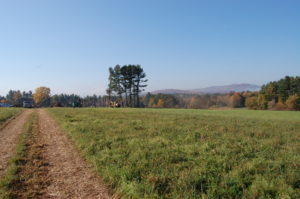
After


